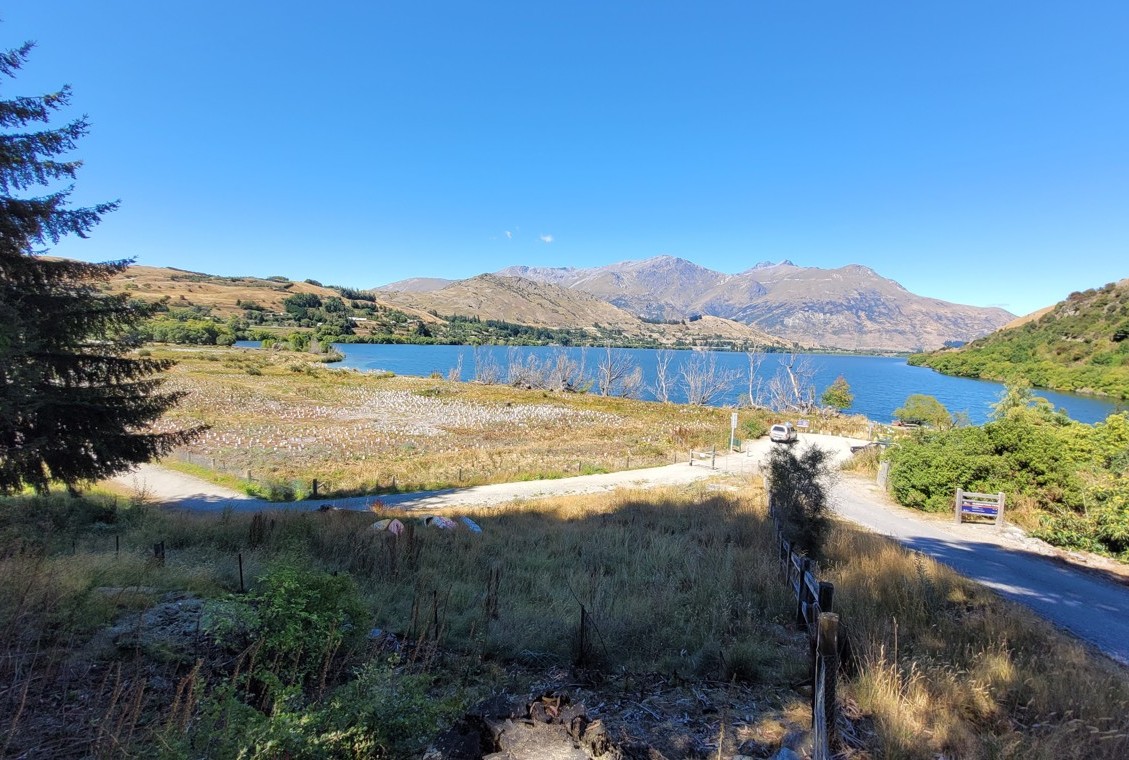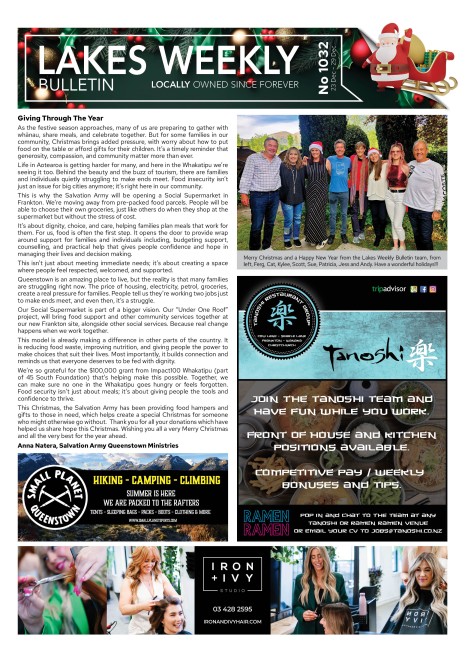Lake Hayes on the mend

A mammoth project to restore the health of Queenstown's Lake Hayes continues in full flow.
Water quality in the picturesque 280ha lake near Arrowtown has suffered over the years due to a build-up of nutrients from human activity in its vast catchment area, including agricultural fertiliser, residential developments, golf courses, the ski field and hotels.
The removal of the original natural wetlands around the 31m-deep lake also had a massive impact.
By 2020, some 2300 tonnes of sediment was entering Lake Hayes via Mill Creek, bringing with it phosphorus and nutrients, and there were toxic algal blooms most summers, threatening fish stocks and making swimming risky.
But over the past five years, a project spearheaded by Friends of Lake Hayes, supported by $4.5 million in Government funding, and delivered by Queenstown iwi charity Mana Tahuna Charitable Trust and many others, has slowly changed the lake's fortunes.
Restoration work has included creating a 2.8ha wetland at the northern end, installing sediment traps in ponds and streams in the catchment area, as well as other riparian planting, predator control, and improving the outflow.
While the phosphorus will take along time to flush out, and the plantings won't have an immediate affect, the health of the lake is improving, thanks to the reduction in sediment. In 2024, only 485 tonnes of sediment entered the lake via Mill Creek.
Friends of Lake Hayes chairman Mike Hanff says: "One of the studies told us that 'if you fix the catchment, you'll fix the lake'.
"So we've been reducing the amount of sediment arriving at the lake, which has been the biggest problem, while Otago Regional Council has worked to improve the outflow at the other end."
Hanff says the health of the lake held up very well in 2025, given the record rainfall with associated high flows in the second half of the year.
"Visually the north end of the lake has remained clear with lowish levels of algae coming and going through the south half of the lake. I have not heard of any fish kills but there have been some stressed trout congregating in the evening on lower Mill Creek looking for oxygen. On up side there have not been any lake swimming closures either to high e-coli levels or poisonous green-yellow algae for several years now."
The 485 tonnes of sediment in 2024 was actually up on the two previous years, due to the heavy rain bringing run off challenges, which tested some of the new defences installed in the catchment. Some 600 tonnes of sediment and associated nutrients were removed the sediment traps, after being prevented from entering the lake.
And in terms of outflow, the culvert moved water 80% faster taking with it increased volumes of nutrient out of the system. Meanwhile, the estimated total phosphorus in the lake bed reduced by 70kg.
"It's a small amount but still a positive effect considering that back in 2002, the total phosphorus in the system increased by an estimated 1600kg," Hanff says. "We expect lake levels of phosphorus to remain elevated until we manage to flush all the internal load out of the system."
Despite improvements to the culvert outflows, the extreme rainfall will have caused phosphorus to be dragged back into the lake as the flood waters subsided - it was so wet Queenstown Marathon organisers needed to install temporary metal bridges for runners. Visually, algae volumes were more often seen at this end.
"This was an unusually wet period and DOC are planning on raising the walking track to avoid this flooding in future. The low probability of this type of rainfall and these civil works should keep this from happening in future," Hanff says.
"The biggest risk now at the south-end of the lake is future stormwater run-off from Ladies Mile.”









